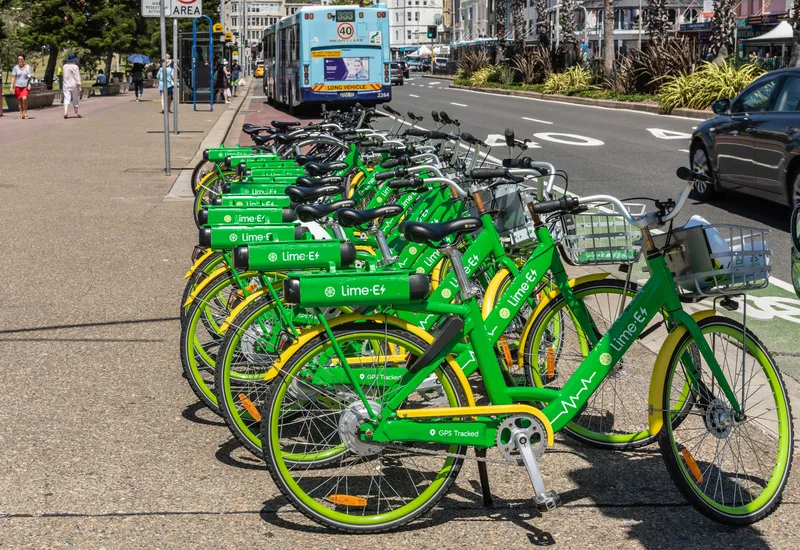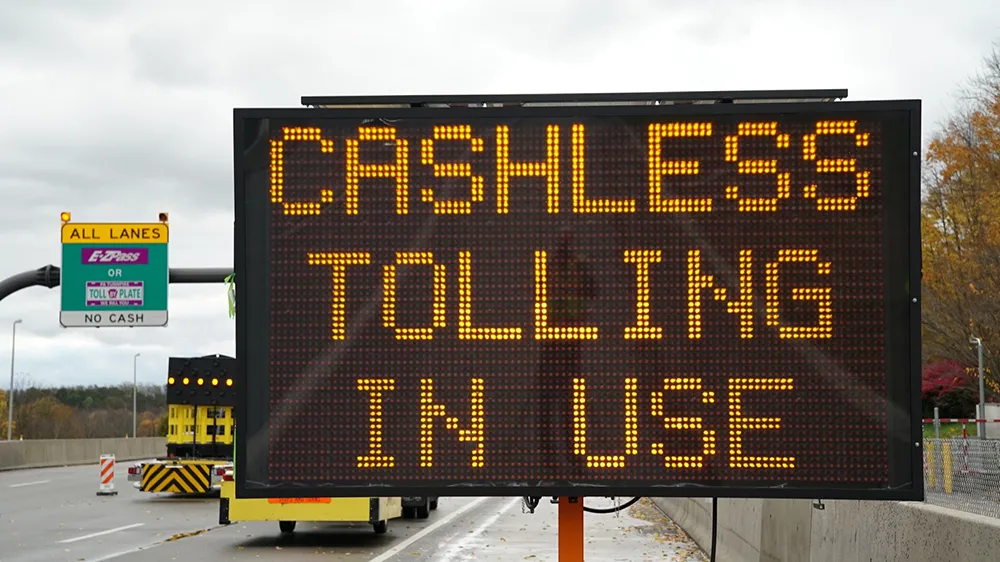The state of Western Australia (WA) has announced funding worth US$7.69 million to refit 1,800 taxis in the state with surveillance cameras to boost security.
January 26, 2012
Read time: 1 min
The state of Western Australia (WA) has announced funding worth US$7.69 million to refit 1,800 taxis in the state with surveillance cameras to boost security.
Under the initiative, every taxi will be fitted with two cameras on the inside and another two on the outside. The cameras could record conversations besides operating continuously with a data storage capacity of 12 days, according to the state's Transport Minister, Troy Buswell. Existing taxis only have a camera with a data storage capacity of 12 hours at the moment.










